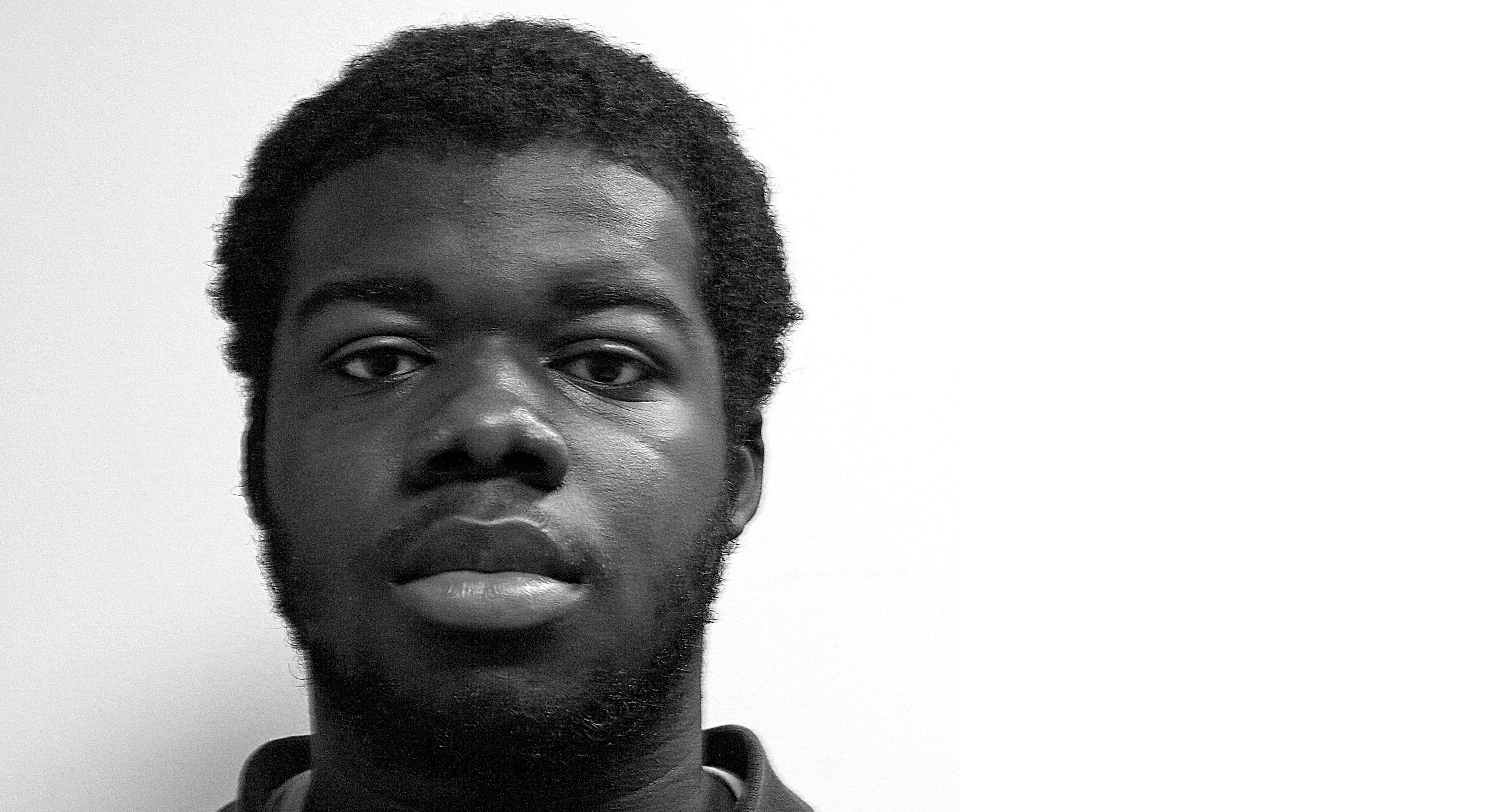Over the past decade, the entire concept of social media has gone beyond the province of futurists and patent offices, to become a real and tangible part of our lives. Just as quickly, it has grown to be a trusted source of information for many. A recent study by the Pew Research Center found that more than half of Americans now get at least some of their news from social networking sites.
Some of this news is misleading, but the spread of bad information on social media is not limited to outright falsehood. More common is the sort that incites the viewer to action without context: the ‘ill-considered activism campaign.’ Quite a few of these have gained steam on social media over the years, but the most visible of all was the Kony 2012 campaign. Produced by the charity Invisible Children, the video called for the “stopping” of Ugandan warlord, Joseph Kony, and reached 100 million YouTube views in a record-breaking six days last March. It was swiftly criticized by those who had actually been following the situation in Central Africa—not just because of its lack of nuance, but also because it ignored basic facts about Kony and his Lord’s Resistance Army—such as stating they were in Uganda, when they were not.
Why the video grabbed people’s attention better than less slickly produced treatments of central African civil wars is not hard to understand. The type of person who will respond and be provoked to action by an emotionally-wrenching web video is probably not the same sort of person who will respond to an Economist piece on the issue. However, being emotionally affected to the point of wanting to share the video over social media is another story. The hybrid public-private nature of social media allows users to craft an idealized version of themselves for the consumption of their ‘friends.’ Posting and tweeting about an activist campaign can be an attempt to look both caring and ‘socially conscious’ in front of peers. Because the interest in the underlying issue to the person is fleeting and ephemeral, finding where the reality differs from the call to activism is almost irrelevant.
[pullquote]The nature of social media makes the flow of information almost frictionless after a certain threshold of attention, regardless of the veracity of the information.[/pullquote]
Another, more serious instance of the ‘crowdsourced canard’ was the spread of fake photos and news during Superstorm Sandy back in late October. Some of these included shots showing the hurricane violently bearing down on the Statue of Liberty. Even mainstream media got in on the act, reporting all manner of falsehoods: from trapped utility workers, to three feet of water on the trading floor of New York Stock Exchange. As with the photos, all of these reports spawned from social media. The problem, in this case, was twofold. When it came to the pictures being shared online, it seemed that whether the photo was true or not did not matter as much as long as it was an attention-grabbing image.
The fake reports are particularly troubling. The original claim of flooding at the NYSE originated from a facetious, or ‘troll,’ twitter handle. Once the news of flooding reached low-level journalists, however, it was stripped of that context—to the point that CNN, one of the media outlets that reported it as fact, could only trace it back to a National Weather Service messageboard. The ‘report’ came to take a life apart from its ‘reporter,’ until the most prominent media outlets that ran with the unverified information were left holding the bag.
Is there anything that can be done to stem this flow of falsehood? Probably not. The nature of social media makes the flow of information almost frictionless after a certain threshold of attention, regardless of the veracity of the information. Perhaps the only comfort we can take from this new media reality is this frictionless flow of information; the fact-checks of both Kony 2012 and the falsehoods of Superstorm Sandy were also incited by social media. Instead of pining for a time past when the media landscape had more gatekeepers, we should look both to ourselves—the users of social media—and to the legacy media, to exercise better judgment when passing along information on these platforms.







